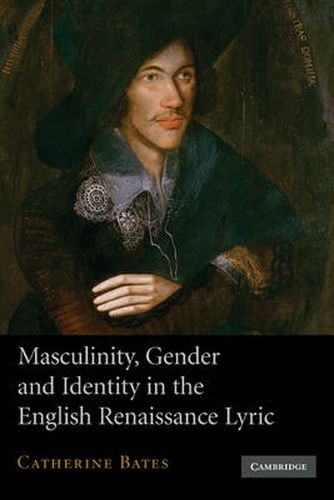Readings Newsletter
Become a Readings Member to make your shopping experience even easier.
Sign in or sign up for free!
You’re not far away from qualifying for FREE standard shipping within Australia
You’ve qualified for FREE standard shipping within Australia
The cart is loading…






In early modern lyric poetry, the male poet or lover often appears not as powerful and masterly but rather as broken, abject, and feminine. Catherine Bates examines the cultural and literary strategies behind this representation and uncovers radically alternative models of masculinity in the lyric tradition of the Renaissance. Focusing on Sidney, Ralegh, Shakespeare, and Donne, she offers astute readings of a wide range of texts - a sonnet sequence, a blazon, an elegy, a complaint, and an epistle. She shows how existing critical approaches have too much invested in the figure of the authoritative male writer to be able to do justice to the truly radical nature of these alternative masculinities. Taking direction from psychoanalytic theories of gender formation, Bates develops critical strategies that make it possible to understand and appreciate what is genuinely revolutionary about these texts and about the English Renaissance lyric tradition at large.
$9.00 standard shipping within Australia
FREE standard shipping within Australia for orders over $100.00
Express & International shipping calculated at checkout
In early modern lyric poetry, the male poet or lover often appears not as powerful and masterly but rather as broken, abject, and feminine. Catherine Bates examines the cultural and literary strategies behind this representation and uncovers radically alternative models of masculinity in the lyric tradition of the Renaissance. Focusing on Sidney, Ralegh, Shakespeare, and Donne, she offers astute readings of a wide range of texts - a sonnet sequence, a blazon, an elegy, a complaint, and an epistle. She shows how existing critical approaches have too much invested in the figure of the authoritative male writer to be able to do justice to the truly radical nature of these alternative masculinities. Taking direction from psychoanalytic theories of gender formation, Bates develops critical strategies that make it possible to understand and appreciate what is genuinely revolutionary about these texts and about the English Renaissance lyric tradition at large.